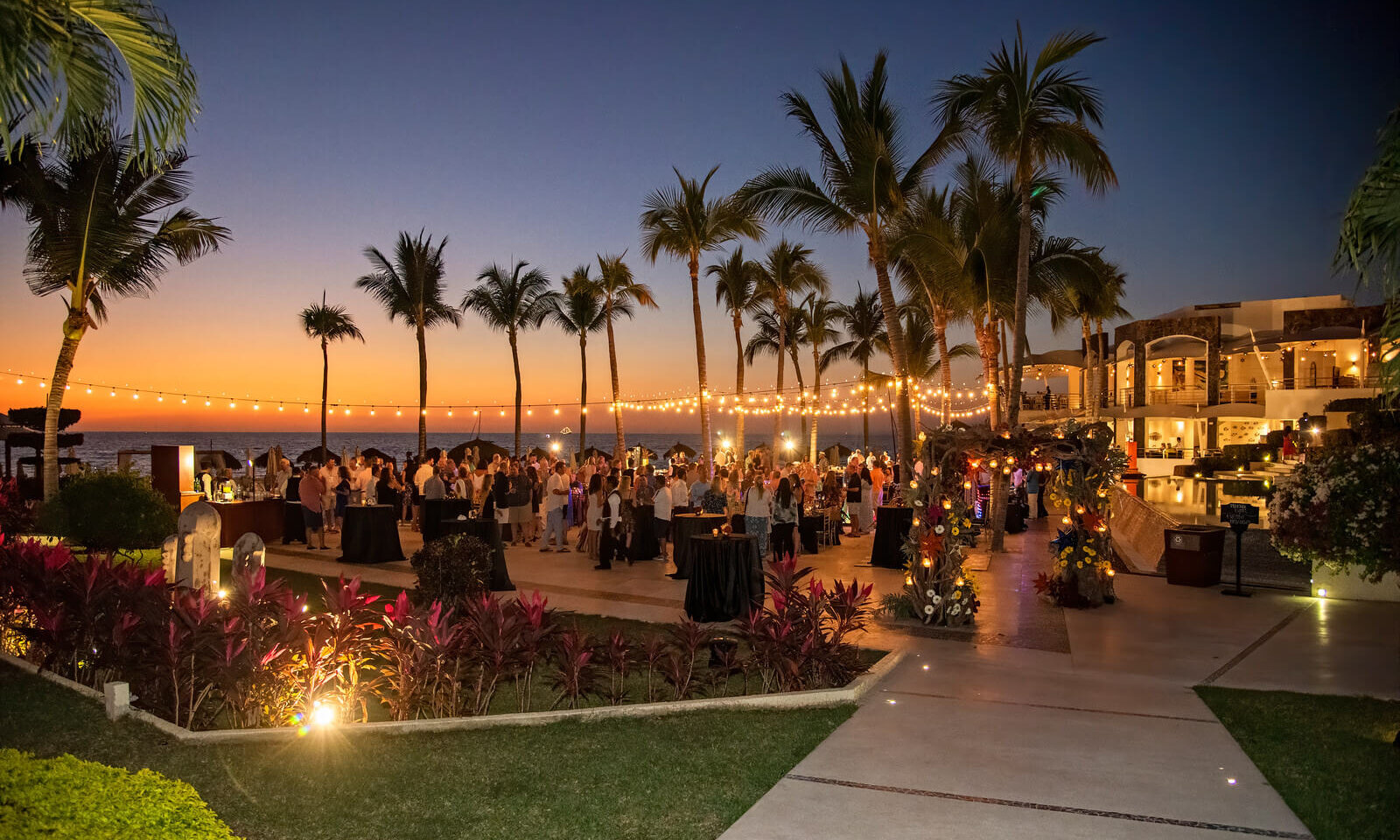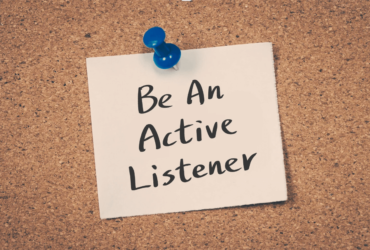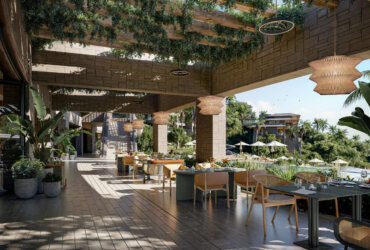As we rolled through Memorial Day Weekend and the unofficial arrival of summer 10 days ago, there were countless media reports of bustling airports, crowded beaches and long lines at restaurants, bars and amusement parks. Our country, apparently, is getting back to its behavioral conventions.
But what will Corporate America encounter when it gets back to its conventions, meetings and events? A different world, for sure, and some of it looks really cool …
At the outset of 2020, there was an average of 23,000 U.S. meetings and events per week, according to data from Knowland, an industry data-gathering and analytics firm. By mid-March, that number had been cleaved to 11,000 and, one week later, the bottom fell out with data showing fewer than 1,000 weekly events … worldwide!
That was then and this is now.
While it’s premature to say we’re roaring back, the corporate meetings and events biz is gaining steam and will accelerate its activity as we move more deeply into the 2021 calendar. According to Knowland, U.S.-based group meetings increased 58.5% in April versus prior month and the average number of face-to-face attendees per meeting was 63, not far off from the average of 74 people in April 2019.
A recent survey conducted by the Global Business Travel Association indicated nearly two-thirds of respondents [65%] said their employees are “willing” or “very willing” to travel to face-to-face gatherings again.
Here are eight things to expect when it’s time to say, “Ready, set, go meet!”
Starting Small
With 40 of 50 states having formally announced they’re “open for business”, there has been a notable uptick in bookings; primarily small-to-midsize groups [50-150 persons] in smaller, regional, drive-to markets. In every economic downturn over the past two decades, this has been the pattern as companies dip their toe in the smaller pond before eventually diving into larger markets in larger groups. And it’s worth noting, small-midsized markets are cheaper than major cities.
Markets such as New York, Chicago, Los Angeles and San Francisco were obliterated by the pandemic and its resultant lockdowns and restrictions and their rebound has been sluggish at best. Complicating matters is the extensive violence that has taken place in big cities the past year, as well as the scourge of autonomous zones and tent cities, and random attacks on certain ethnic groups.
Having said that, large cities like Dallas, Atlanta, Phoenix and Houston have fewer restrictions and enjoy the benefit of easy access for those driving to a meeting destination. Markets like these will benefit first but there’s light at the end of the tunnel for ailing markets. An April survey conducted by a global hospitality group shows a significant shift to larger groups in major cities, including New York, Chicago, Los Angeles and San Francisco, in 2022 and 2023.
Paying the Price
If you reflexively thought hotels and conference centers [as well as meeting-related vendors] would be so eager for business after the past year that they’d offer bargain-basement pricing, think again. Not only is supply-and-demand a factor, the increased costs of staging a meeting in a pandemic-effected world have driven up prices.
Incremental safety protocols, social distancing that limits the number of people allowed in a meeting space, and increasing tech-related demands such as more bandwidth and more robust audio-visual gear have contributed. This isn’t a case of properties and vendors trying to backfill lost revenues from the past year, there are real-world considerations in play so brace yourself at negotiation and contract time.
Hi, Hybrids
If you’re tired of hearing, “You’re on mute!” from a year+ of Zoom-style calls, anticipate more of it in 2021 as hybrids remain a viable option for companies who are ready to assemble face-to-face but also want to be sensitive to those with lingering concerns.
Hybrids have been around since the advent of the speakerphone but their surge in use and sophistication is unprecedented. [Read our previous blog here: Host a Hybrid Meeting]. A “love ‘em or hate ’em” proposition, hybrids actually work well when fewer people are allowed in a meeting space due to social distancing. And kudos to those who’ve mastered creative ways to make the off-premise portion of a hybrid audience feel like they’re actually part of an in-person event; be it a general session, breakout, team-building activity or cocktail reception.
Cue the Bandwidth!
More than ever, having enough bandwidth to support electronic devices is critical. Those gathering in person and online have laptops, smartphones and likely tablets, all relying on connectivity and heftier demands for streaming media. Hotels have taken note and taken steps. They’ve boosted bandwidth, knowing this particular modernization will be a big driver of future bookings. But buyer beware … this may come at a very hefty price.
Bye-Bye, Buffet … for Now
We’ve all learned [exhaustively] how easily germs can spread which has rendered the traditional buffet set-up obsolete for the foreseeable future in some states with tighter Covid-related restrictions. In such locales, hotels and conference centers are now offering smaller, individualized portions [which may help the waistline], as well as traditional offerings such as box lunches.
MGM Resorts International has created a program called “Marketplace” where a selection of individualized pre-packaged, covered foods with wrapped, one-time-use utensils are being presented in a creative, upscale manner to elevate what otherwise might feel like just another No.7 combo being handed over at the drive-thru window.
Some properties are taking a more ambitious approach, offering groups an array of made-to-order meals served directly to individual guests. But that requires more kitchen staff and more servers at a time when staffing is a huge challenge so, yes, expect this to impact costs, too. One hotel group has created “action pods” where food and beverages are served at multiple stations to facilitate guest flow and lessen the likelihood of queuing. Attendants are positioned to support servers and engage with guests as food is prepared in smaller, multiple, keep ‘em coming batches to ensure freshness. Because it’s portioned and micro-plated, food waste is minimized.
If you look really, really closely, you’ll see some buffets still in use but they’re typically set up as separate stations where staff serve each guest as opposed to guests serving themselves.
Creative Configurations
Large hotel and resort groups, which control millions of square feet of meeting and convention space in places like Las Vegas, Orlando, Nashville and around the world, have taken advantage of the pandemic-driven down-time to develop extensive catalogues of seating configurations that adhere to health-related protocols. They’re incorporating social distancing; fewer surfaces, linens and florals; the ability to sanitize rooms and furniture between sessions, etc. Since reopening, MGM has hosted more than 400 programs and made notes of “best practices” as it developed its catalogue of seating configuration templates.
Where once it was all about maximizing space for hotels, it’s now all about optimizing space.
“Let’s take it outside …”
Y’know that gorgeous, lush lawn with the ring of cheery, exotic flowers you’re used to seeing as you move from session to session …? It’s now been reimagined as meeting space. Previously, these outdoor spaces were used almost exclusively for weddings or social events but they’re now proving to be viable options for business sessions.
Weather-friendly states like Arizona, California, Colorado and Florida will see the greatest benefit from outdoor meetings, and many properties have taken steps to accommodate this new trend. A Fort Lauderdale-based landscape architectural group has reconfigured outdoor spaces at Atlantis Paradise Island in the Bahamas, as well as at a high-end South Beach resort.
The firm’s owner says the key is to assess the value of each space and brainstorm ways to create scalability so groups of all sizes can be accommodated. This includes adding infrastructure such as multiple, convenient power drops, water and sewer hook-ups, Wi-Fi boosters, creating shaded areas, built-in bars, cooking stations, platform stages, optimizing acoustics, and offering daylight-worthy projection systems. This fresh trend towards fresh air will give weather-friendly markets a competitive advantage.
Bubble Hub
Many hotels have taken a cue from the National Basketball Association and National Hockey League which held 2020 games in safe and separate zones not open to the general public or even family members; offering “meeting bubbles”, including twice the meeting space needed to factor in social-distancing, outdoor dining areas, discounts on hybrid-related A/V and lighting, and cordoning off areas or entire floors for the exclusive use of a specific group which has already passed health and safety testing. Some properties are throwing in complimentary yoga classes where the Covid-tested instructor comes to the group’s “safe space”.
So, raise a toast and welcome back the business of meetings and events. And while you’re at it, toast those hotel and convention properties who’ve brilliantly modernized their operations and are poised for business in a post-pandemic world.
It’s been a long 15+ months for our industry. At dynami, we’ve stayed busy familiarizing ourselves with the “new world” protocol for meetings and events, and have successfully executed a number of programs within these new guidelines during the pandemic. Today’s a great day to go ahead and get your next meeting on the books. Give us a call and let’s chat. We’d love to help you.
Cheers,
Kenneth Jones






